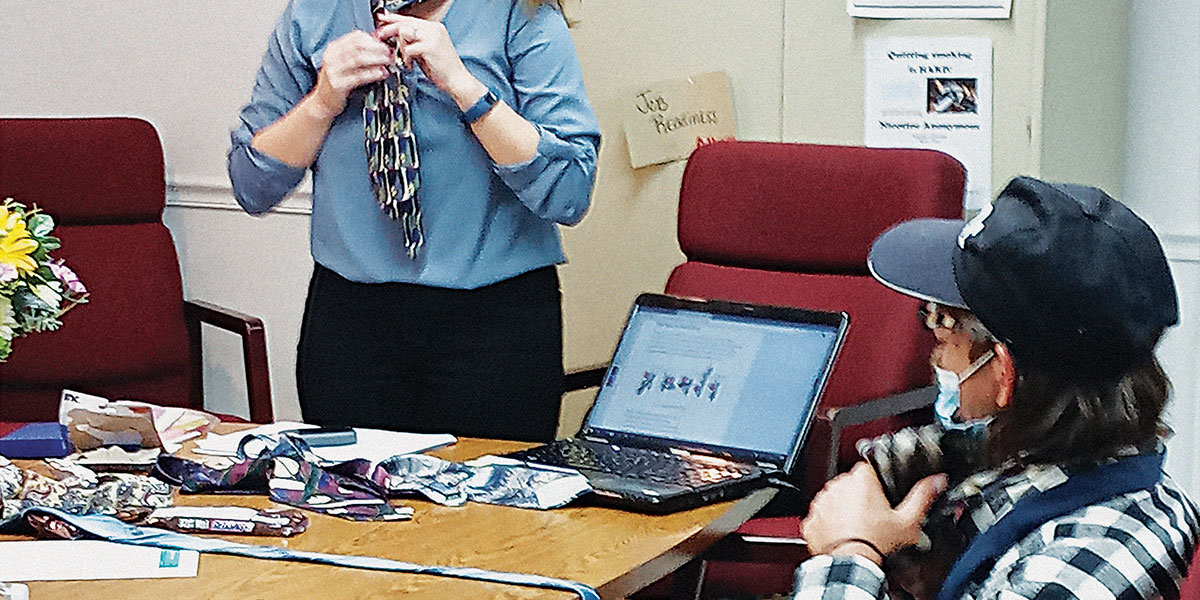Taking Control of Your Finances
Linda Bieker’s husband John handled their finances, and that was fine with her. “I wasn’t really paying attention,” admits the 73-year-old. “The one thing I learned from him was to pay off my credit cards every month.”
Widowhood and retirement have since tested Bieker’s resolve to avoid credit card debt. “When I retired, my income dropped, but my spending didn’t,” says the former hospital chaplain. “I didn’t want to spend the rest of my life terrified that I won’t have enough money to live on.”
So Bieker signed up for a Purdue Extension program called Where Does Your Money Go? The research- based curriculum helps people take control of their personal finances, says Naomi Bechtold, Financial Resource Management Specialist. It’s for consumers “who feel they can’t save or invest because they don’t have any money to spare,” she explains.
“A $5 latte twice a week might not seem like much until the coffee drinker recognizes it as a $520 annual expenditure,” Bechtold notes. The two-session program helps consumers understand their spending habits, set SMART goals (specific, measurable, achievable, relevant, and time- bound), and create a spending–savings plan.
Bieker says tracking her online purchases was especially eye-opening. She hasn’t given up shopping online, but she has removed the app for her favorite site from her phone, tried to limit her orders to one day a week and resisted shopping out of boredom.
She also better understands the difference between wants and needs: “Now I’m getting more cognizant of utilities going up this winter, so I’m better focused on needs rather than wants.”
Jo Gilreath, Warrick County Health and Human Sciences Extension Educator, and Meagan Brothers, Vanderburgh County Extension Director and Health and Human Sciences Extension Educator, taught Bieker’s class via Zoom. “They were very clear and simple, and there was no condemnation,” she says.
Educators from 42 counties presented Where Does Your Money Go? either virtually or in person in 2020–2021. Participants identified a median average of $1,700 a year in “spending leaks” (spending without thinking).
They also come to realize they’re not alone, Bechtold adds. “People across all social strata don’t like to admit they have financial difficulties. We try to make the program fun and nonjudgmental.”
“People learn they can save.”
Program Impact
448 people in 42 counties participated in the Where Does Your Money Go? Program in 2020-2021.
95 percent of participants surveyed realized they could have more money if they made different spending choices.


